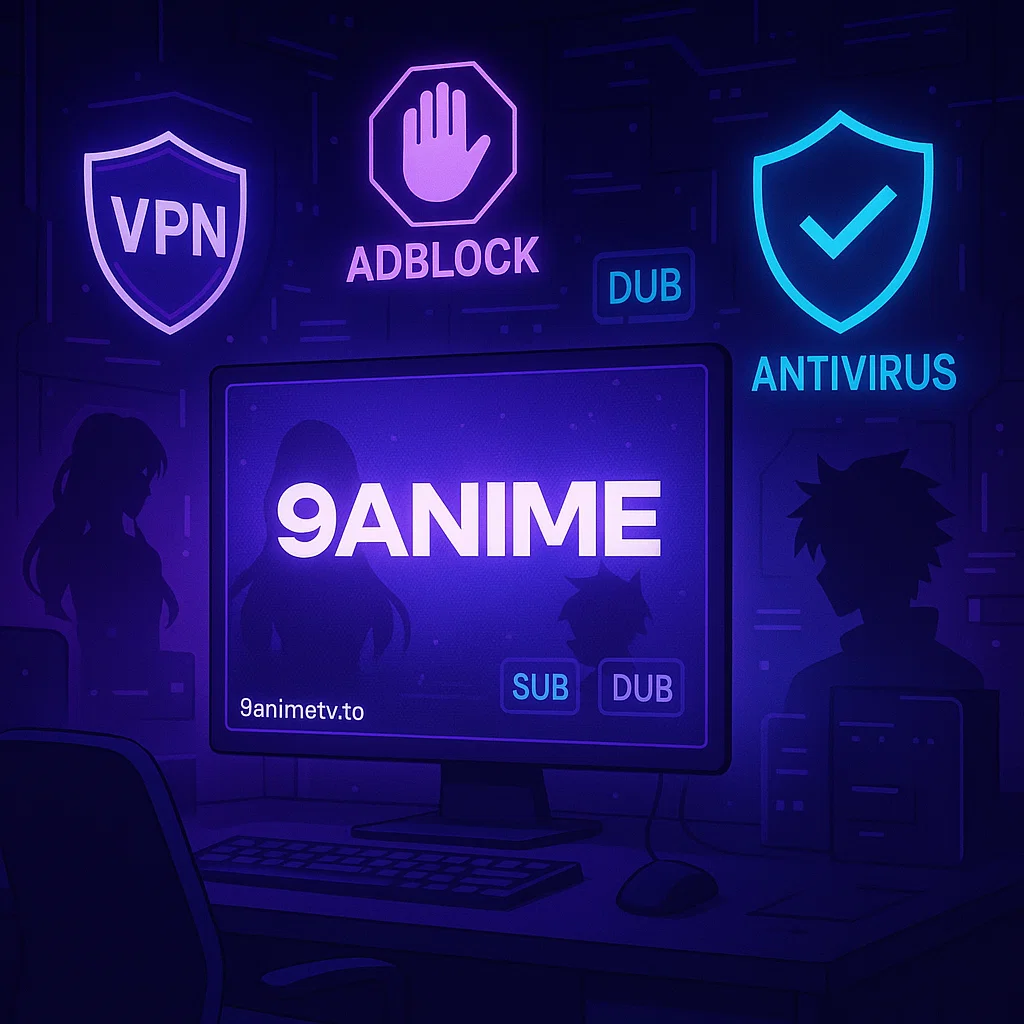Introduction to the Akuma Shōkan Program
Many enthusiasts worldwide are fascinated by the Akuma Shōkan Program, a mysterious and intriguing exercise. Based on ancient beliefs, this show explores summoning “akuma” or demons for various purposes. Unlike Western programs, the Akuma Shōkan Program incorporates cultural subtleties and esoteric rituals from its roots. This article examines the Akuma Shōkan Program, including its history, methodology, ethics, and influence on practitioners.
The Origins and History of Akuma Shōkan
The Akuma Shōkan Program originated in ancient Japan when shamanic and spiritual rituals were profoundly ingrained in daily life. Japanese tradition calls malicious spirits or demons “Akuma,” but they weren’t always wicked. Ancient shamans and spiritual leaders thought these spirits could be summoned and controlled for protection, wisdom, or chores. Auma summoning frequently involved rites, ceremonies, and spiritual knowledge.
Historically, the Akuma Shōkan Program was not generally adopted by the public. It was for individuals with a deep spiritual awareness and intensive training. These practitioners, known as “Shōkan-sha,” were revered and dreaded. Their skill of communicating and controlling ghosts was tremendous and mysterious. These rituals were passed down through families or covert spiritual societies.
Methodologies and Practices
Akuma Shōkan Program techniques are intricate, incorporating ceremonies, chants, and offerings. A vital part of the program is the building of a “shōkan circle,” a holy site for summoning. This circle is carefully decorated with spiritual symbols, plants, and artifacts. The Shōkan-sha meditation involves reciting incantations and making complicated hand motions called “mudras.”
Summoning an Akuma takes time. It demands patience, focus, and spiritual connection. The Shōkan-sha must meditate and communicate for extended durations to connect with the spirit. This interaction is complex since a successful summoning requires spirit collaboration. The Shōkan-sha must show reverence and comprehend the spirit’s mission.
Offerings are essential in summoning. The ghost called may require simple offerings like food and wine or more complicated ones. The offering is important as it represents the Shōkan-sha’s sincerity and intentions. Genuine and heartfelt offerings are thought to please spirits and improve communication.
Ethical Considerations and Risks
The Akuma Shōkan Program is intriguing, but it has ethical concerns and hazards. Calling spirits, especially malicious ones, can have terrible repercussions without caution and respect. Practitioners must follow a robust code of ethics to avoid harming themselves or others. Manipulating spiritual beings demands a thorough awareness of the consequences.
Intention is a major ethical issue in summoning. The Akuma Shōkan Program should not be utilized for personal gain or harming others. Practitioners must have a pure heart and a willingness to learn and progress. Misuse of these potent rituals can result in possession, disaster, and death.
Spiritual backlash is another primary concern. Evil spirits are unpredictable and vengeful. If not appeased or respected, they might damage the practitioner or others. Practitioners must comprehend and defend themselves against the spirit they conjure.
The Impact of Akuma Shōkan on Practitioners
The Akuma Shōkan Program may greatly benefit practitioners when treated with respect and determination. The chance for spiritual growth and self-discovery is rare. Spirit summoning and interaction can reveal secret parts of the psyche, the spiritual realm, and the universe.
A significant benefit of the Akuma Shōkan Program is the development of spiritual resilience. Practitioners gain mental and emotional strength by navigating spiritual challenges, which helps them handle setbacks in various aspects of life.
Connection and belonging are also fostered by the program. By summoning and talking with spirits, practitioners feel deeply linked to the spiritual realm and the universe. Practitioners feel more purpose and direction with this connection, which may enrich their lives.
Modern Interpretations and Practices
Today, the Akuma Shōkan Program incorporates current views and practices. Traditional methods form the discipline’s foundation, although some practitioners have updated them for modern lifestyles and beliefs. This change has made the program more accessible, letting more individuals discover its secrets and advantages.
A crucial modern adaptation is the use of technology in summoning. Certain practitioners use sound recorders and cameras to record and study spiritual phenomena. While contentious, this technique has drawn interest from individuals who want to blend ancient and modern scientific methodologies.
Modern adaptations include merging the Akuma Shōkan Program with other spiritual and metaphysical activities. Western occultism, Reiki, and other healing therapies are used in certain summoning ceremonies. This blend of disciplines promotes overall spiritual growth and healing.
Medieval Europe and the Rise of Grimoires
Demonology and summoning demons became widespread in medieval Europe due to Christian theology and occultism. Numerous grimoires—magical texts for conjuring and commanding demons—were written during this time. The “Ars Goetia,” part of the “Lesser Key of Solomon,” includes 72 demons and offers precise methods for summoning and binding them. It is one of the most renowned grimoires from this time. These books suggest that humans may force demons to perform tasks or expose secrets through specific ceremonies and invocations.
Eastern Traditions and Shamanistic Practices
The Western tradition of demon summoning is well-documented, but Eastern and shamanistic civilizations also practice it. In Japan, mythology and religion have long included the notion of yōkai (supernatural beings) and oni (demons). Shinto and Buddhist ceremonies typically exorcise and pacify evil spirits. Siberian and Central Asian shamans use spirit trips and ceremonies to interact with and control spirits, especially demons. These behaviors demonstrate humanity’s inherent curiosity about the supernatural and desire to come into contact with otherworldly creatures.
Modern Occult Revival and the Akuma Shōkan Program
The contemporary occult resurgence revived demonology and summoning in the late 19th and early 20th centuries. Aleister Crowley and the Hermetic Order of the Golden Dawn revived and systematized these traditions. The Akuma Shōkan Program integrates Eastern and Western traditions to provide a complete foundation for current practitioners.
The Akuma Shōkan curriculum is influenced by Japanese culture but includes diverse customs and ceremonies from other origins. This combination makes demon summoning more inclusive and adaptive, making it accessible to a varied audience. The Akuma Shōkan Program’s history and culture highlight the universal attraction of dealing with demons, shedding light on its intricate procedures.
Practices and Rituals
The Akuma Shōkan Program involves carefully developed practices and rituals to help practitioners summon and engage with demonic creatures. Traditional demonology, ceremonial magic, and psychological approaches provide a comprehensive strategy that ensures safety and efficacy. This section covers program components, including preparation work, the summoning ceremony, and post-summoning rituals.
Preparatory Work
Practitioners must prepare mentally, emotionally, and spiritually before the summoning ceremony. This planning is essential for a solid foundation and reduced dangers. The preparation phase usually includes:
Meditation and Visualization
Meditation and visualization are essential for developing the focus and clarity needed for successful summoning. Practitioners are encouraged to engage in daily meditation sessions to cultivate a calm and centered mind. Visualization exercises, such as imagining protective barriers or visualizing the desired demon, help enhance concentration and reinforce the practitioner’s intentions.
Study and Research
Understanding demonology and the summoned creature is crucial. Practitioners should read grimoires, mythical writings, and current sources to understand the demon’s traits, history, and symbolism. This study informs summoning ritual design and execution.
Physical and Energetic Cleansing
Preparation involves cleansing the practitioner’s energy field and area. Burning sage or frankincense, taking ceremonial baths, or doing energy-clearing exercises can do this. The objective is a clean and sacred setting for spiritual practice.
The Summoning Ritual
The summoning ritual is the foundation of the Akuma Shōkan Program, aimed at contacting the selected demonic monster. A carefully planned ritual ensures the practitioner’s safety and the summoning’s efficacy. Summoning ritual essentials include:
Setting the Sacred Space
Creating a holy location ensures a safe and regulated summoning. An altar with candles, incense, and a demon sigil is required. The practitioner also creates a protective circle around the location, utilizing rituals or visualizations.
Conclusion
The Akuma Shōkan Program is a fascinating and complicated exercise that provides a distinct spiritual perspective. Based on ancient traditions, it helps practitioners grow spiritually, find themselves, and heal. Although there are ethical issues and hazards, the Akuma Shōkan Program may be transforming and fulfilling when handled with respect and devotion.
Modern interpretations and practices develop, but the Akuma Shōkan Program demonstrates the continuing appeal of spiritual riddles. It encourages us to discover the unknown, examine our beliefs, and accept the profound link between the physical and spiritual worlds. The Akuma Shōkan Program offers a timeless and ever-evolving journey of discovery and enlightenment for experienced practitioners and newcomers.
FAQs on the Akuma Shōkan Program: An In-Depth Exploration
What is the Akuma Shōkan Program?
Our Akuma Shōkan Program combines traditional martial arts with current fitness techniques for a thorough training routine. An organized and disciplined approach improves physical strength, mental resilience, and spiritual growth. The program’s name, “Demon Summoning,” reflects its intensive and transforming training.
Who can participate in the Akuma Shōkan Program?
Our Akuma Shōkan Programs welcomes persons of all fitness levels and martial arts backgrounds. The curriculum includes scalable and customizable training for beginners and expert martial artists. Participants should see a doctor before starting the program, especially if they have pre-existing health concerns.
What are the core components of the Akuma Shōkan Program?
Core components of the Akuma Shōkan Programs include physical training, mental conditioning, and spiritual meditation. Martial arts and fitness routines build strength, endurance, flexibility, and agility. Mental conditioning improves attention and resilience through meditation, mindfulness, and strategic thinking. Spiritual practice uses philosophy, ethics, and self-reflection to connect with oneself and the world.
How long does the Akuma Shōkan Program last?
The Akuma Shōkan Program length depends on personal goals and commitment levels. It contains four- to 12-week segments. Complete one step for a short-term fitness and skill boost or the whole program for a long-term change. The finest program outcomes need consistency and devotion.
What equipment is needed for the Akuma Shōkan Program?
The Akuma Shōkan Programs is suitable for home or gym training due to its minimum equipment needs. Essential equipment includes resistance bands, dumbbells, a yoga mat, and a jump rope. A punching bag, concentration mitts, and other martial arts training gear may also help. Comfortable training clothing and supportive shoes are also advised.
Are there any dietary recommendations for the Akuma Shōkan Program?
Although not recommending a specific diet, the Akuma Shōkan Programs promotes optimal nutrition for physical training and general well-being. A balanced diet with lean proteins, complex carbs, healthy fats, and many fruits and vegetables is recommended. Avoiding processed meals, sweets, and bad fats and staying hydrated can help boost performance and recovery.
What are the benefits of the Akuma Shōkan Program?
The Akuma Shōkan Program’s benefits include greater physical fitness, mental clarity, and spiritual awareness. Strength, endurance, flexibility, and athleticism will improve. The mental conditioning program improves attention, discipline, and stress management. Spiritual activities foster self-awareness, ethics, and purpose, making life more balanced and rewarding.




